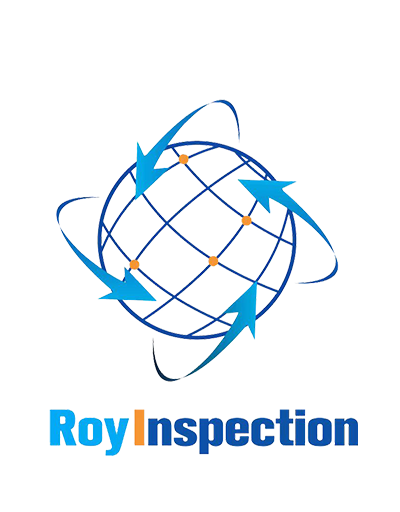The Importance of Regular Children's toy inspectionAs responsible parents, we want to ensure that our children are safe, happy and healthy. One way to achieve this is by regularly inspecting their toys. Toys are important for a child's growth and development, but they can also pose risks and hazards if not checked regularly. In this article, we'll discuss the different ways to inspect your child's toys to ensure their safety.Visual Inspection of ToysThe first step to inspecting your child's toys is through a visual inspection. Look for signs of wear and tear, cracks, breakage, sharp edges, and loose parts. If you find any of these defects, remove the toys immediately and either fix or replace them. Always follow the age recommendations and directions provided by the toy manufacturer, and avoid toys with small parts that could be choking hazards.Testing for Durability and FunctionalityAside from visual inspection, another way to inspect your child's toys is through testing for durability and functionality. Play with the toy, press buttons, see if it moves or lights up. Testing the toy for function also gives you an idea of how your child might play with it, and if the toy could still function properly even after rough handling.Cleaning Your Child's ToysCleaning and sanitizing your child's toys is also an essential aspect of inspection. Wash them regularly with soap and water and dry them thoroughly before allowing your child to play with them. Avoid using harsh chemicals that can be harmful to your child, and always read the cleaning instructions on the label or manufacturer's website.Inspecting Handmade or Secondhand ToysIf you have handmade or secondhand toys, it's a good idea to inspect them thoroughly. Look for loose parts, rough edges, missing pieces, and other defects. You may also want to sanitize them by washing or wiping them with alcohol or disinfectant. Be cautious when buying or accepting secondhand toys as they may not meet current safety standards.Storing and Organizing Your Child's ToysProper storage and organization of your child's toys can also affect their safety. Avoid overcrowding storage bins to prevent toys from getting entangled or damaged. Follow the storage instructions provided by the manufacturer, and store similar toys together. Organizing toys by age, size, or function can also make it easier for your child to find what they need and avoid accidents.Checking for Toy RecallsOccasionally, toys are recalled due to defects or hazards that were not discovered during the manufacturing process. To ensure the safety of your child's toys, regularly check the Consumer Product Safety Commission (CPSC) website for toy recalls. You can also sign up for email alerts to stay updated on the latest recalls.Supervising Your Child's PlaytimeNo matter how safe a toy may seem, accidents can still happen. To minimize the risk of accidents, make sure to supervise your child during playtime. Keep an eye on them and ensure that they are playing with the toys as intended. Avoid giving small toys or toys with strings or cords to young children as they can be potential choking hazards.Importance of Proper Disposal of Old or Broken ToysWhen a toy is beyond repair or use, it's important to dispose of it properly. Some toys may contain hazardous materials or components that can harm the environment and your child. Check with your local waste management guidelines for proper disposal methods. Avoid simply throwing them in the trash, and never burn plastic toys or components.ConclusionAs parents, we want to ensure the safety and well-being of our children. Regular inspection of their toys is one way to do that. From visual inspection to testing for functionality, from cleaning to proper storage, and from supervision to disposal, we should prioritize our children's safety and never compromise it. By following these guidelines, we can provide a safe and enjoyable experience for our children with their toys.children's toy inspection, toy safety, toy inspection, toy recalls, toy organization, toy storage, child supervisionChildren's Toy Inspection: Keep Your Child Safe and Happy With These TipsEnsure your child's safety by regularly inspecting their toys. From visual inspection to toy storage, learn how to keep your child safe with these toy inspection tips.Quote InquiryContact Us Now!










